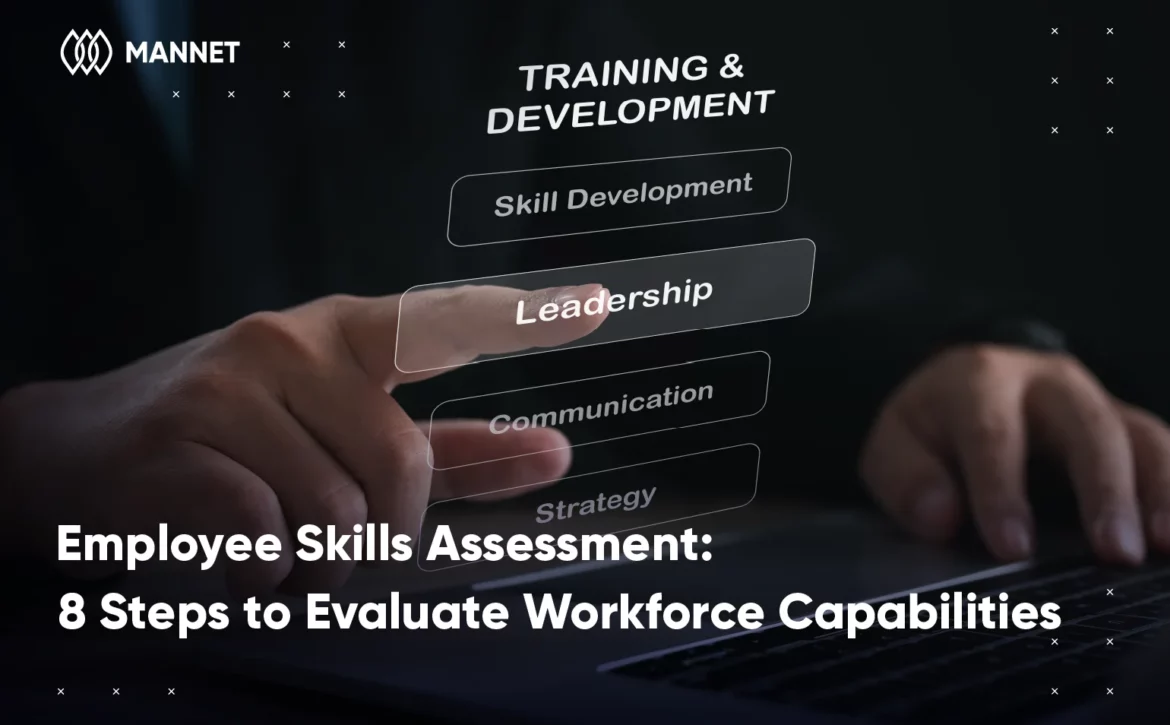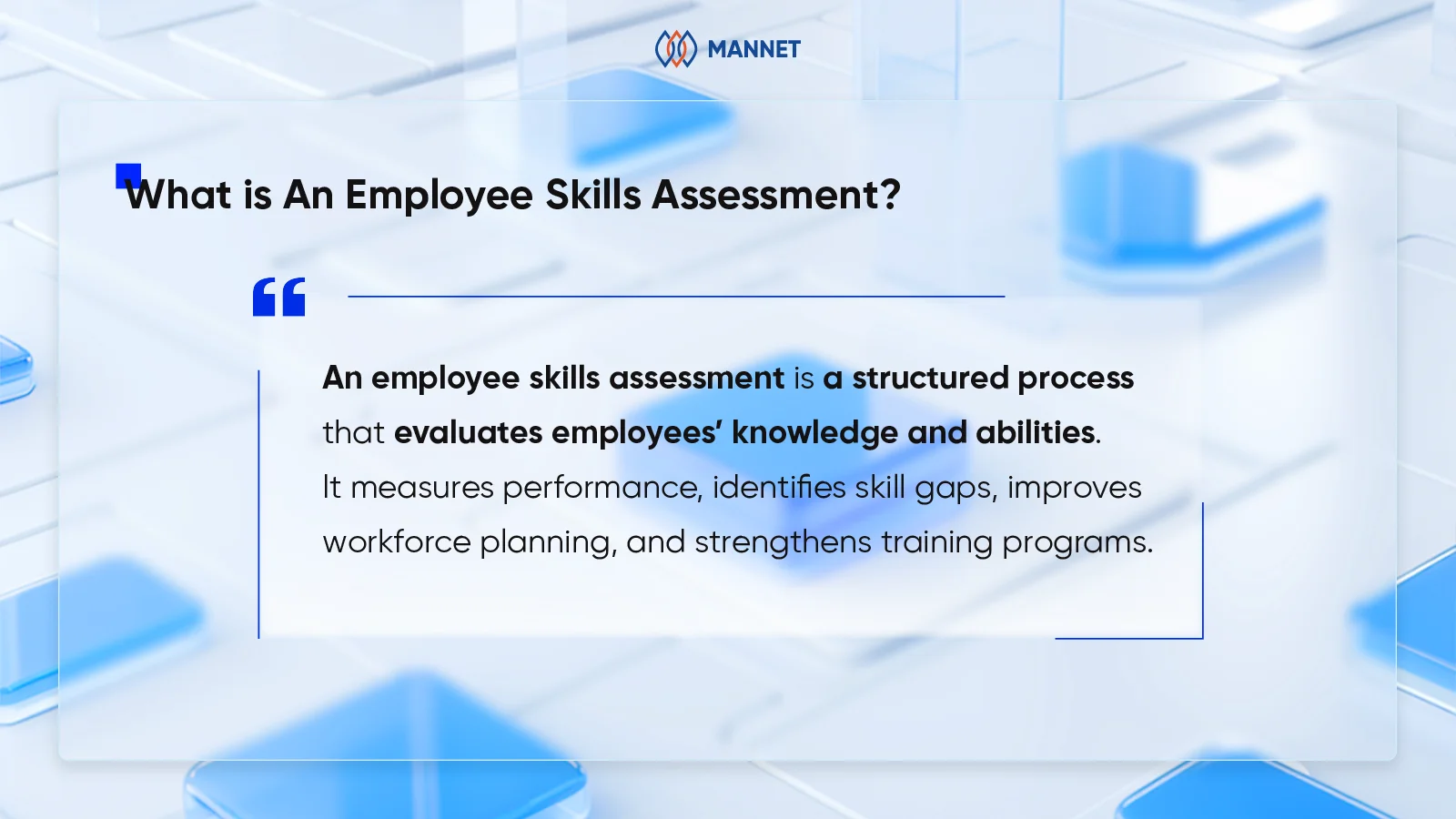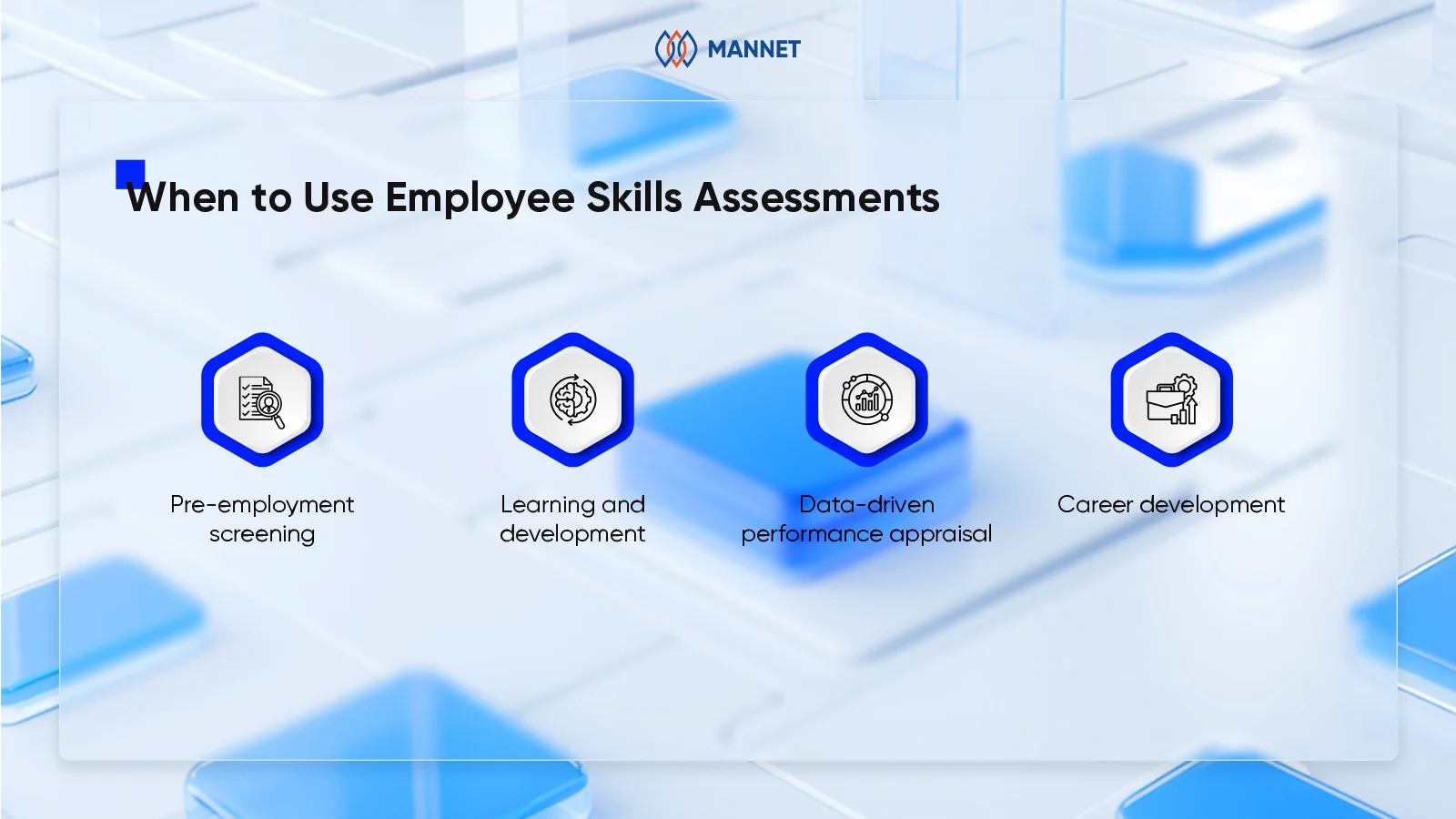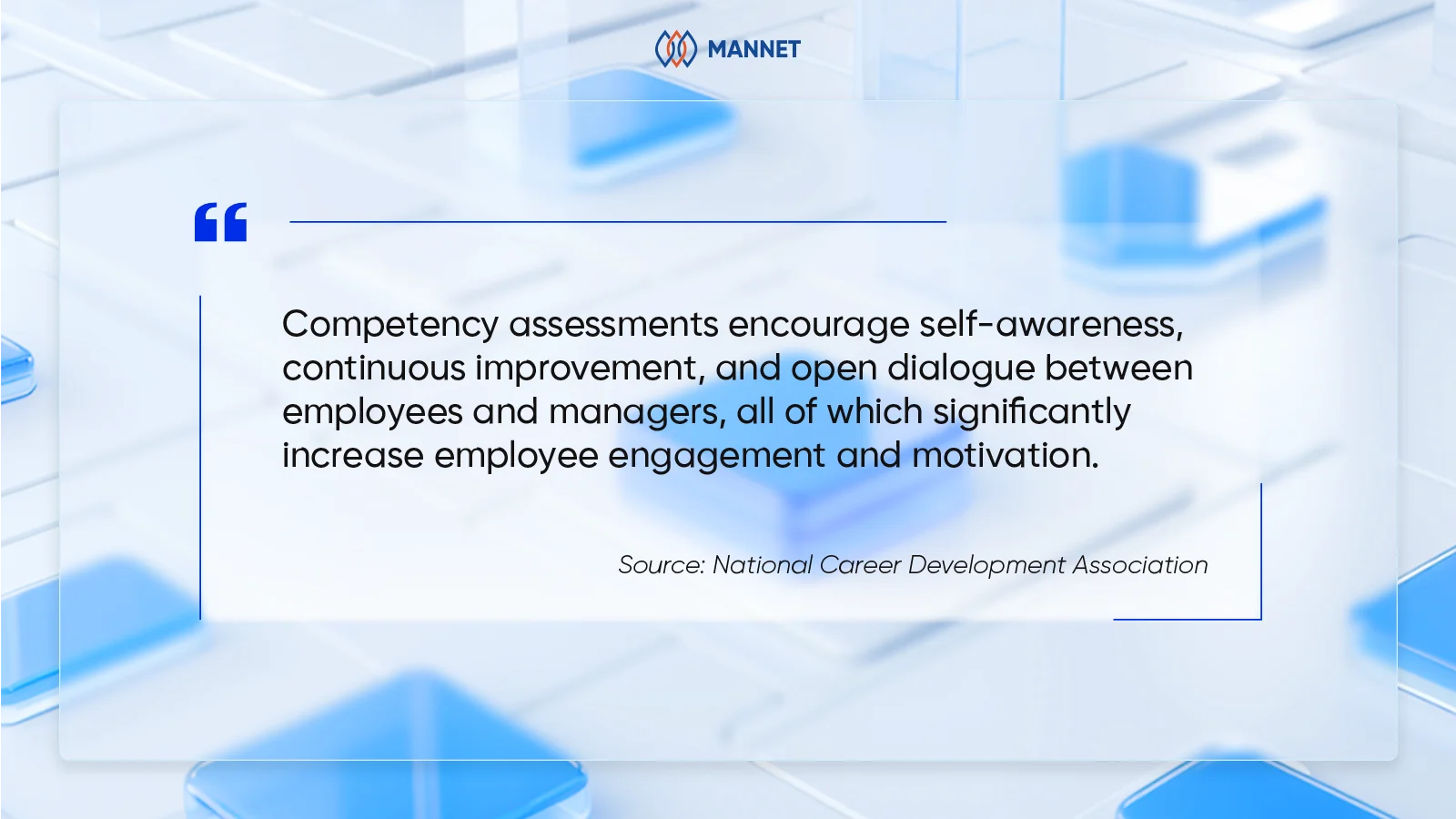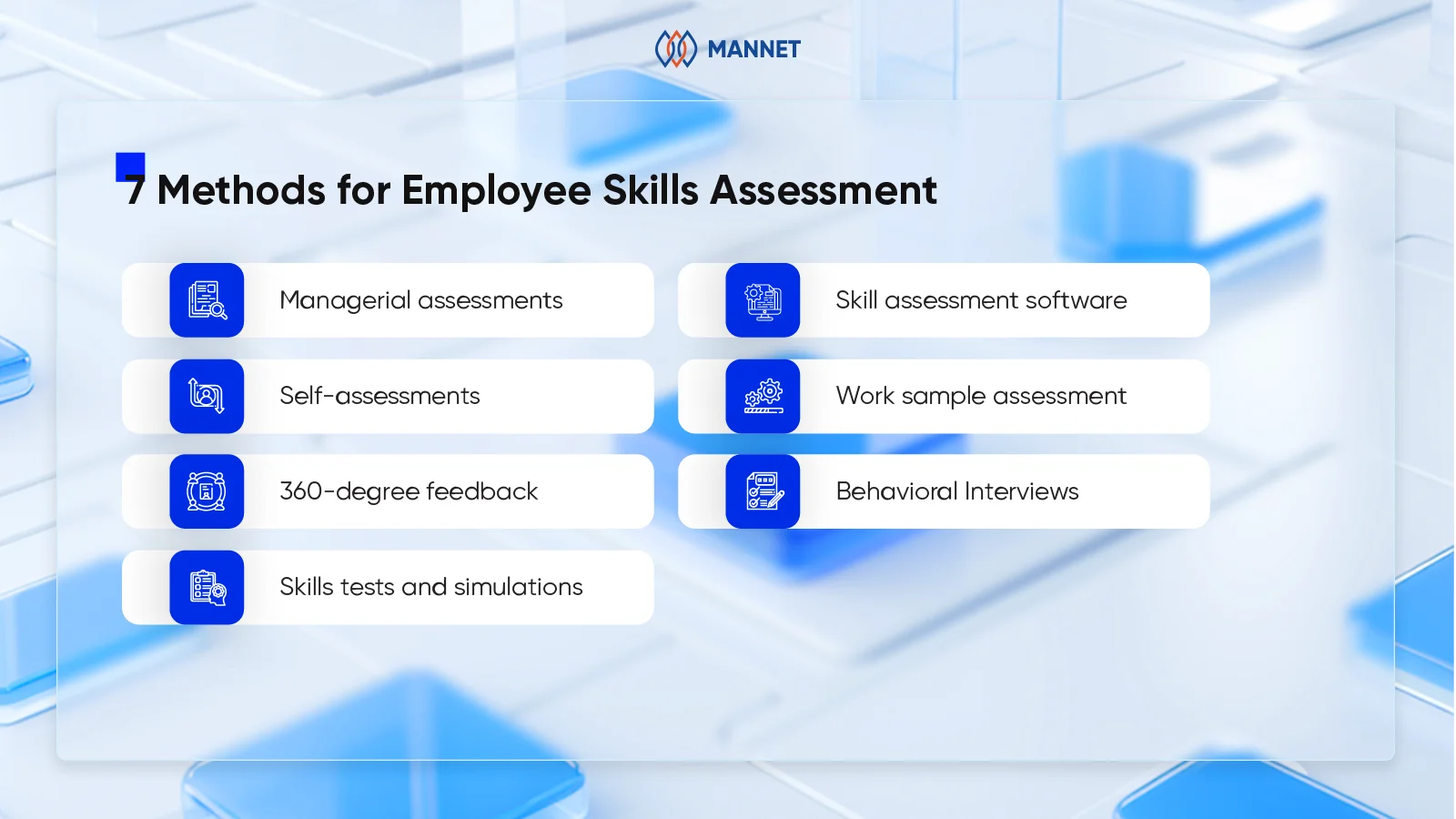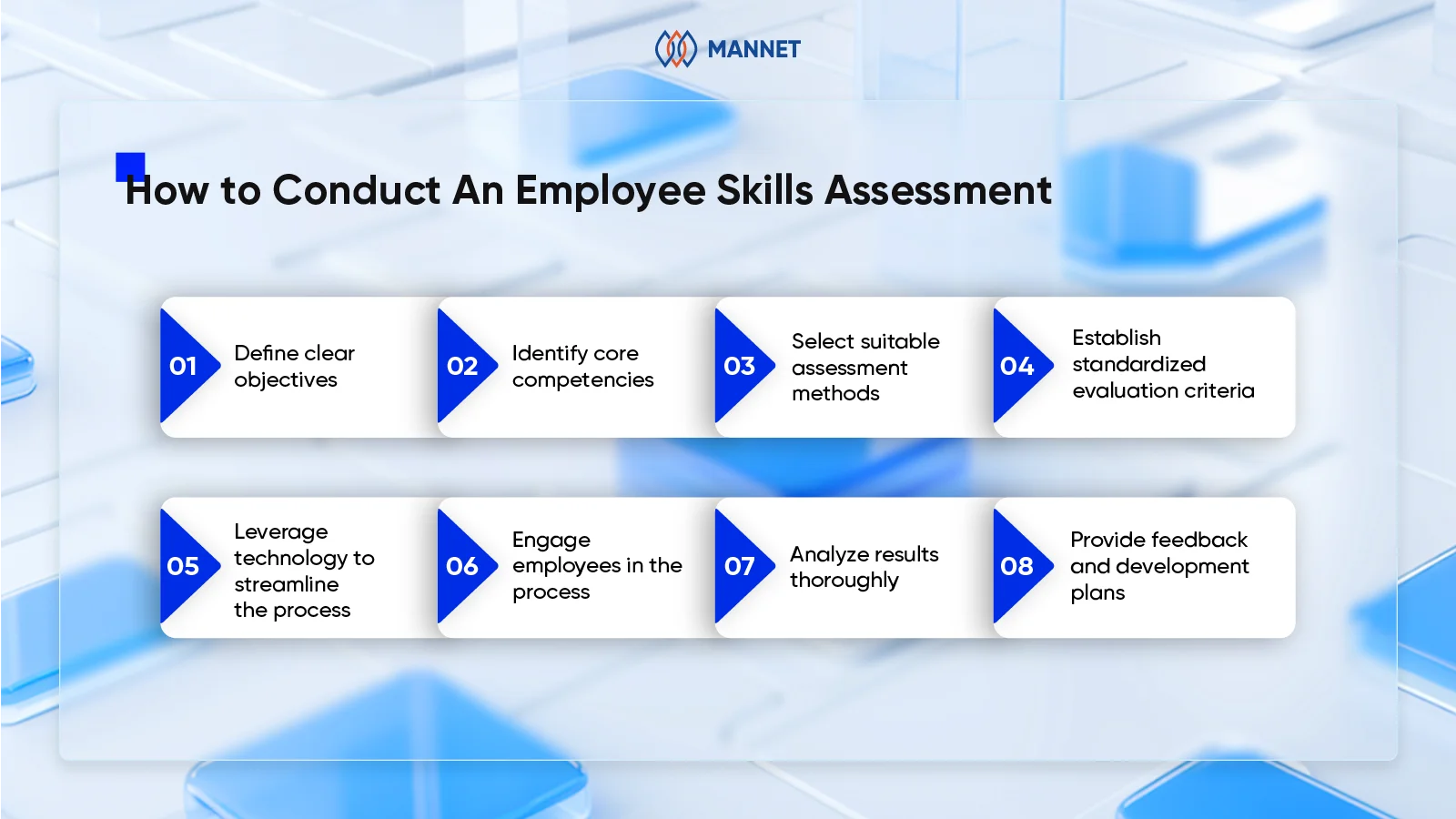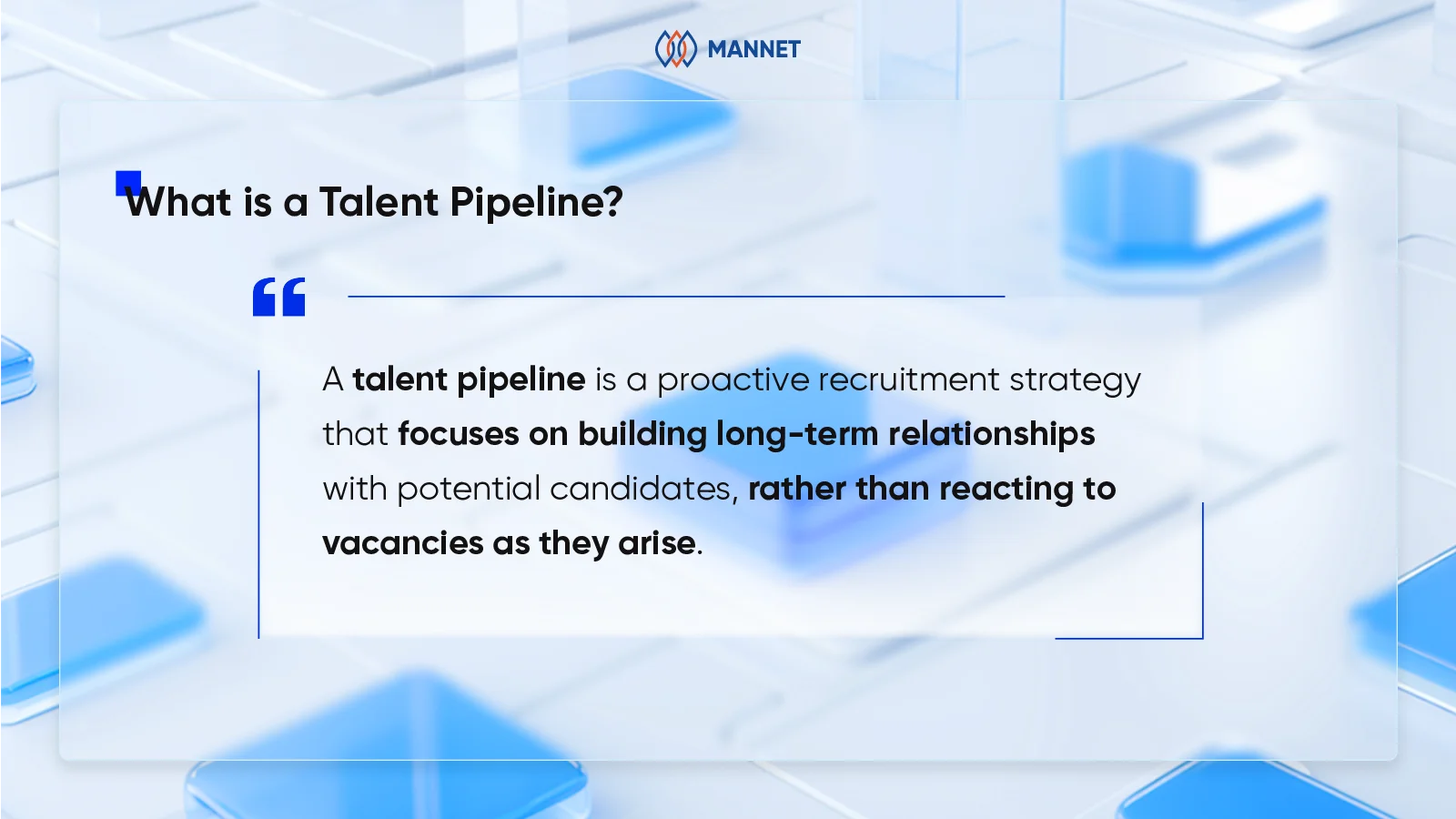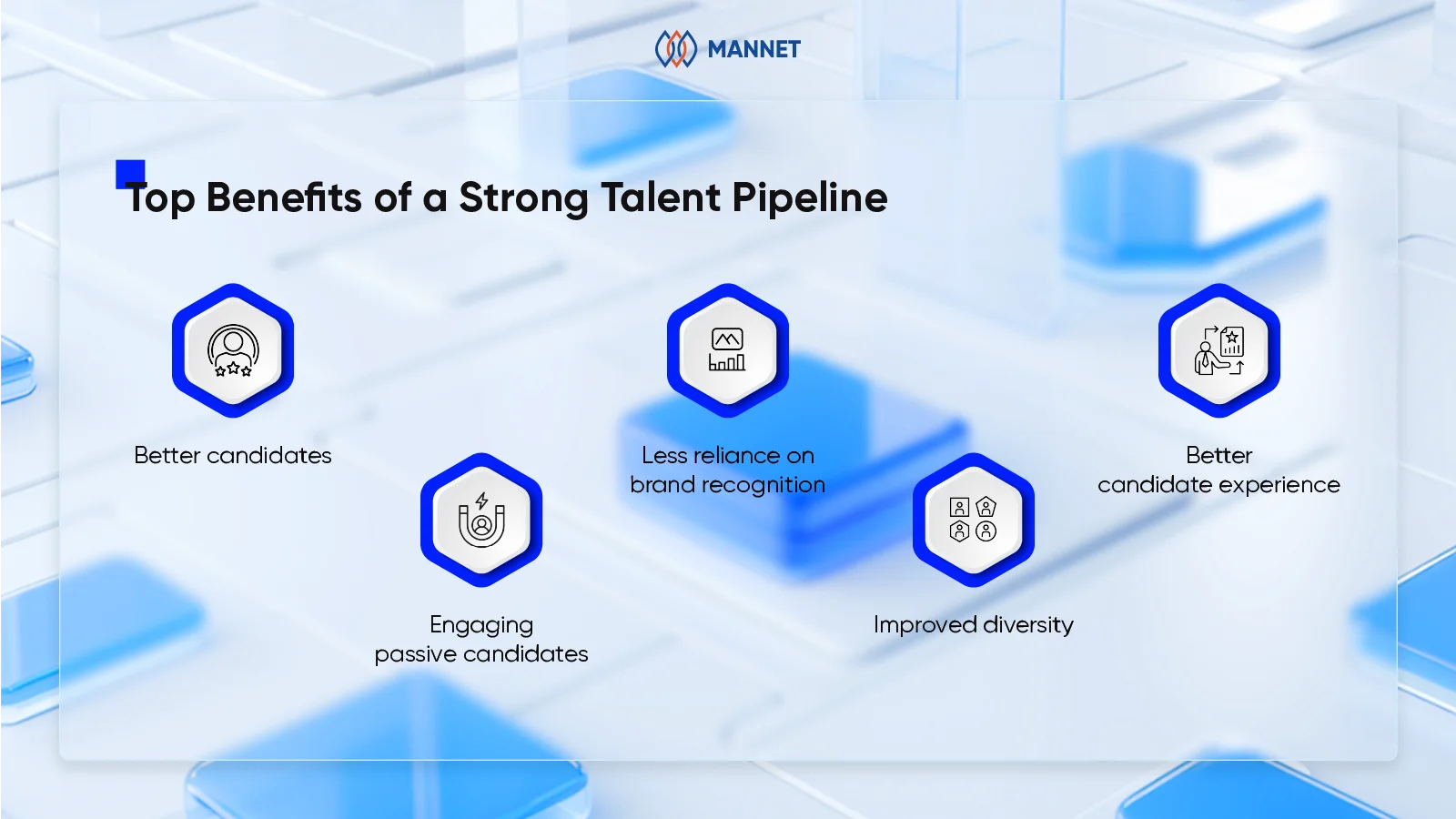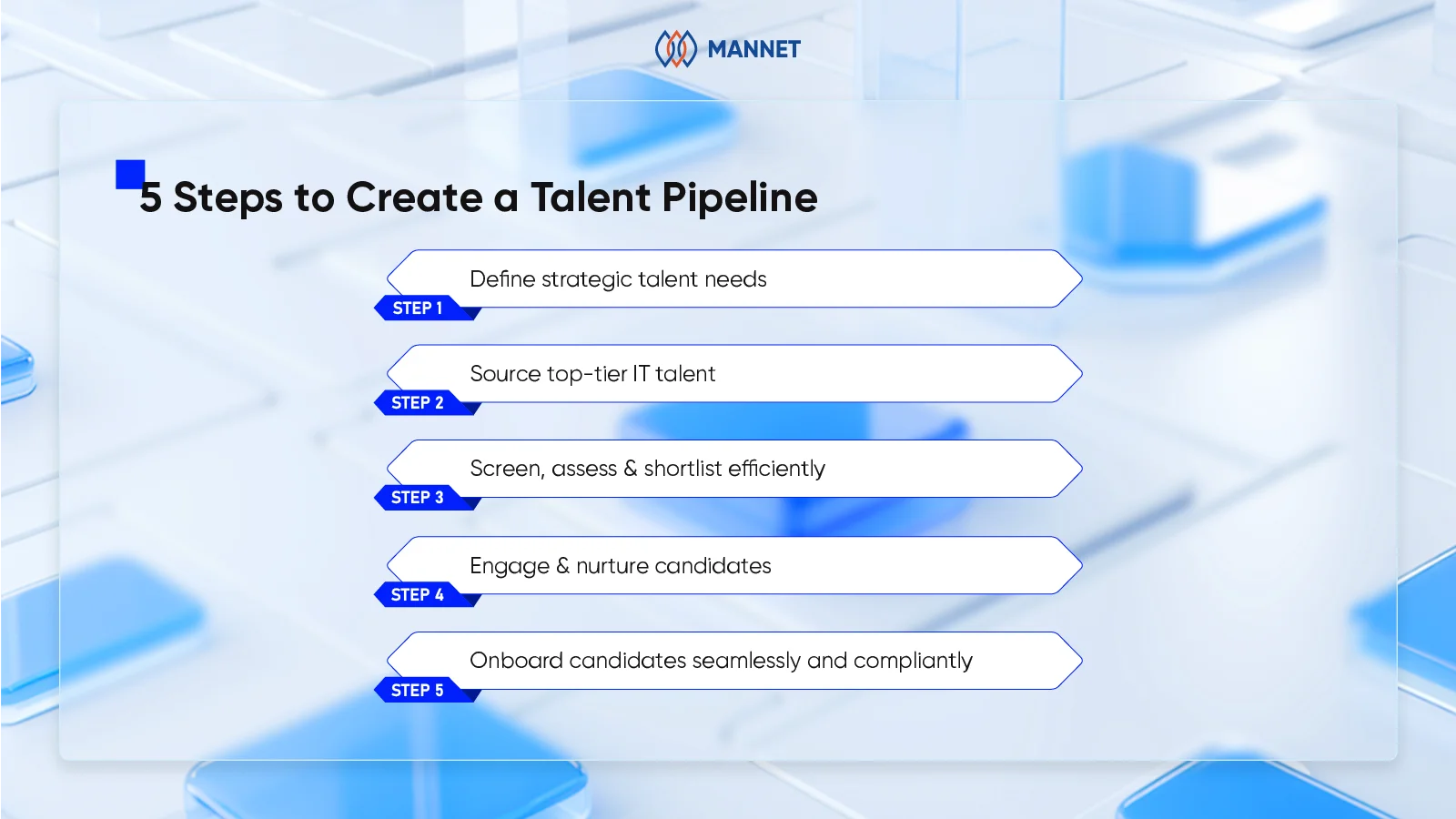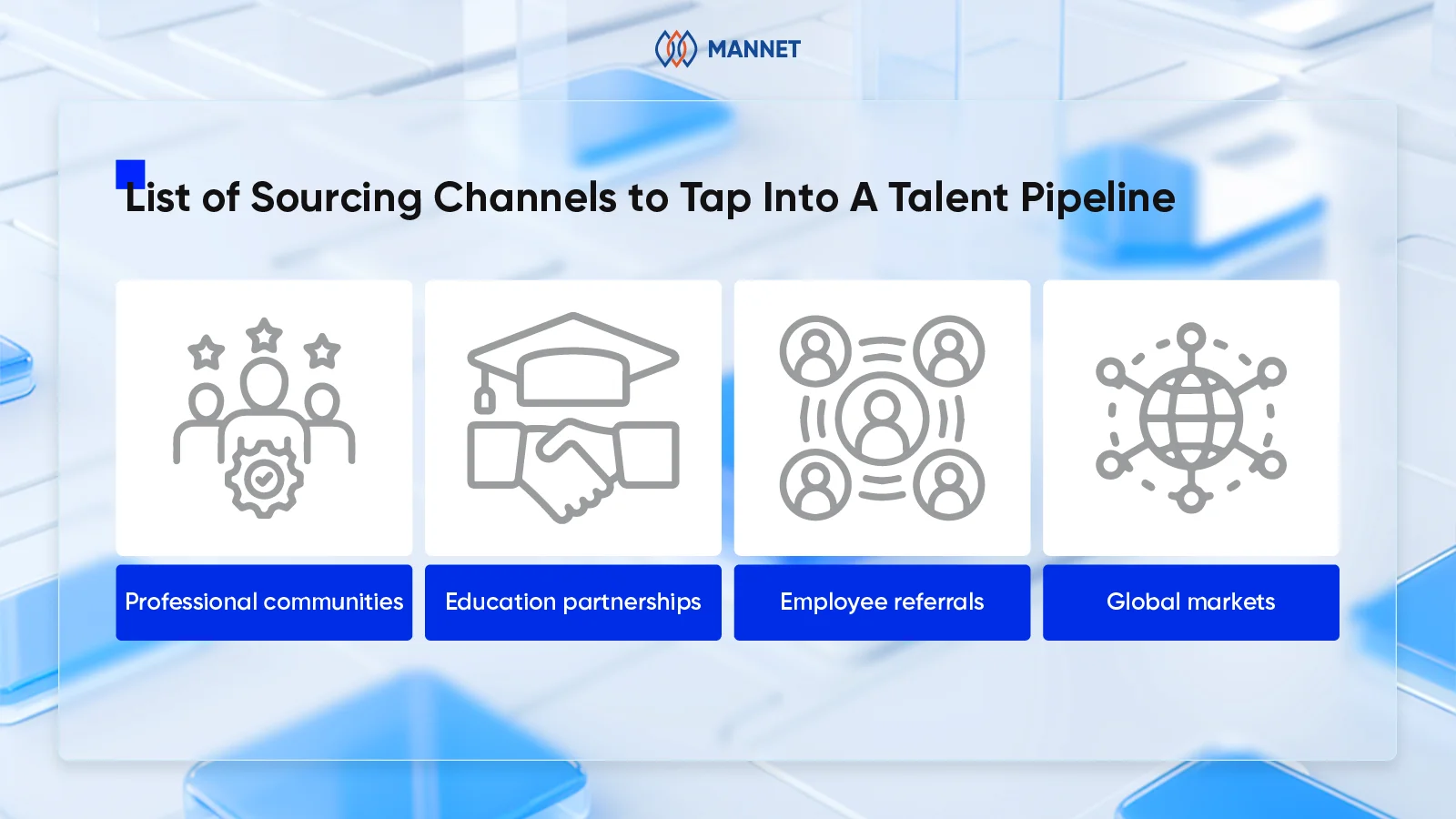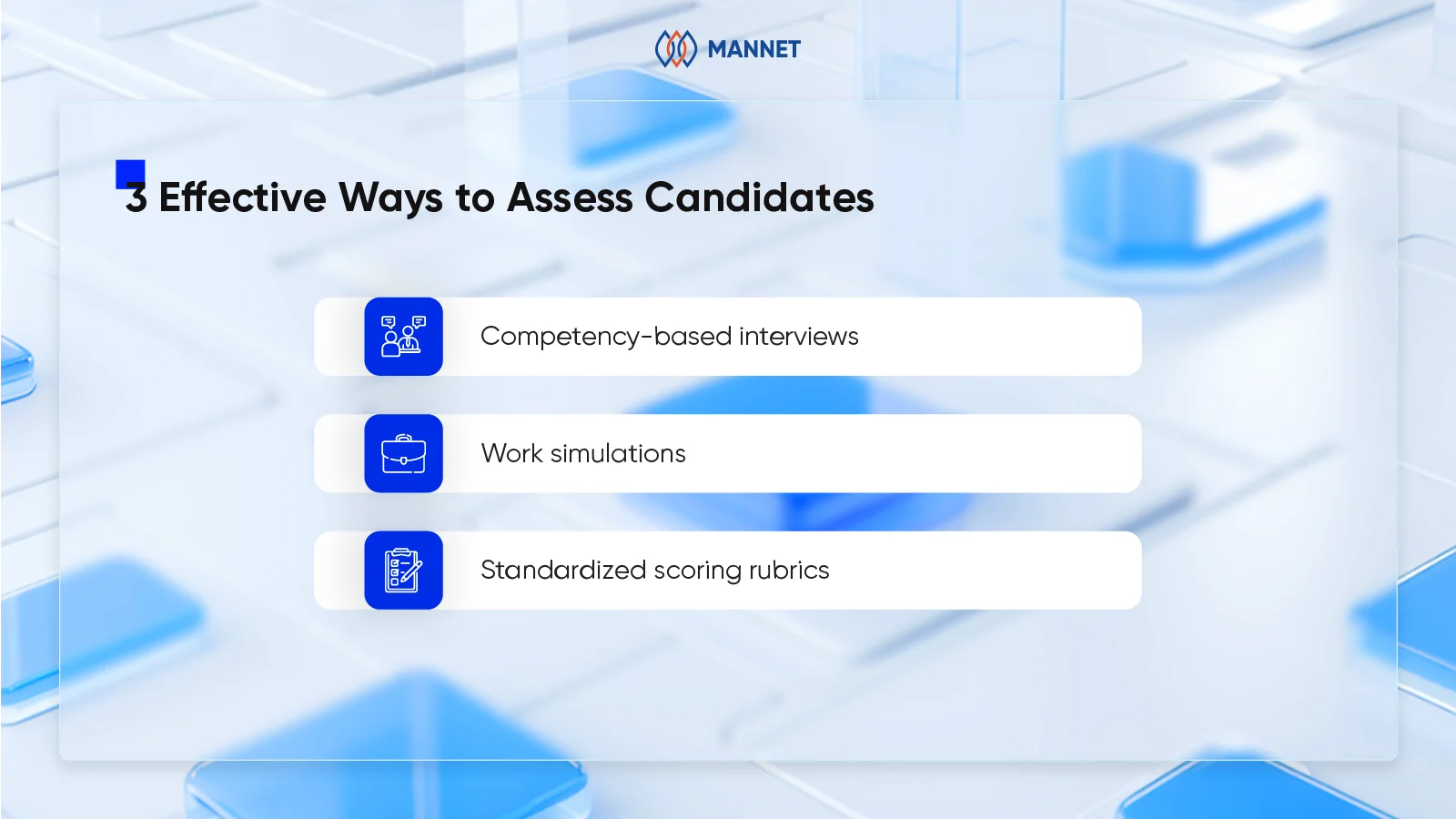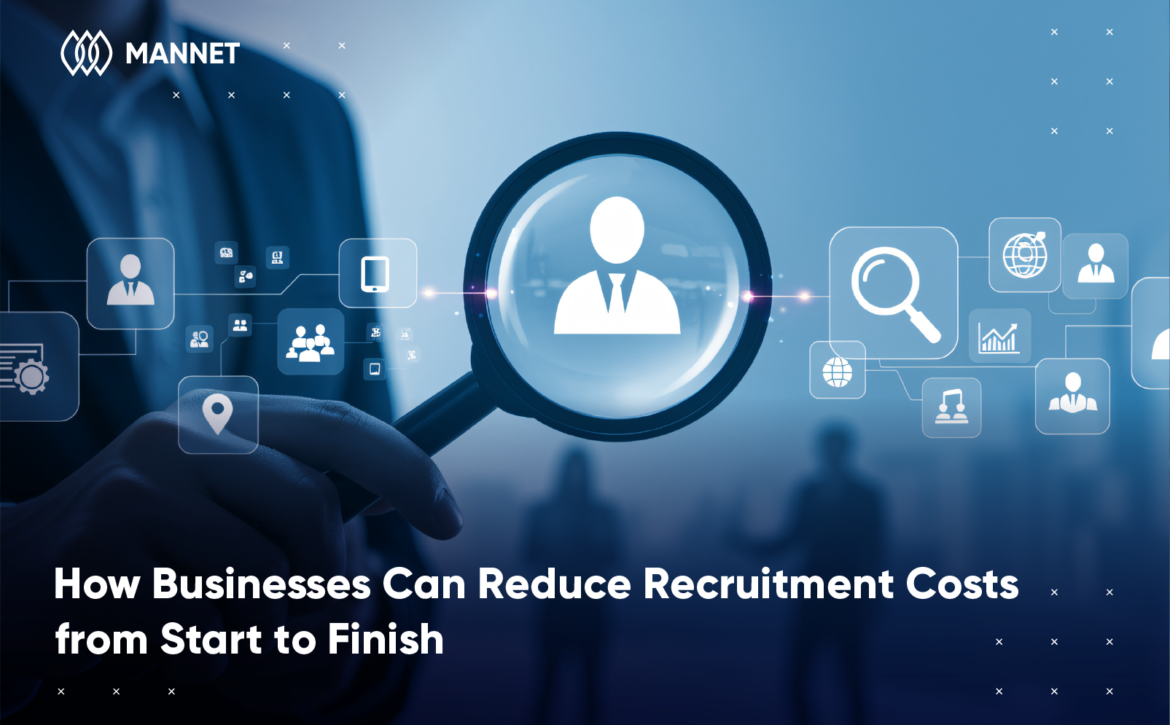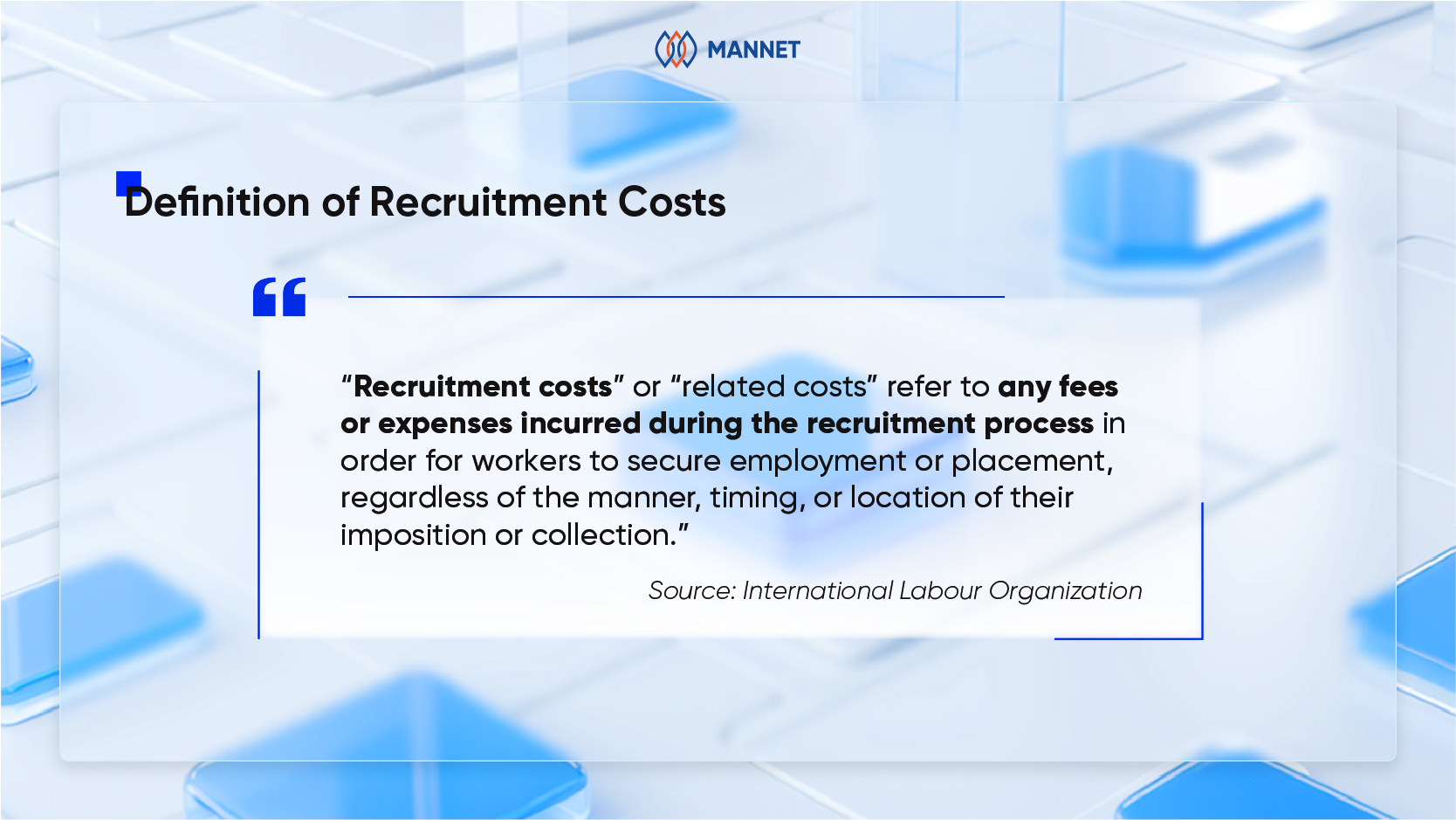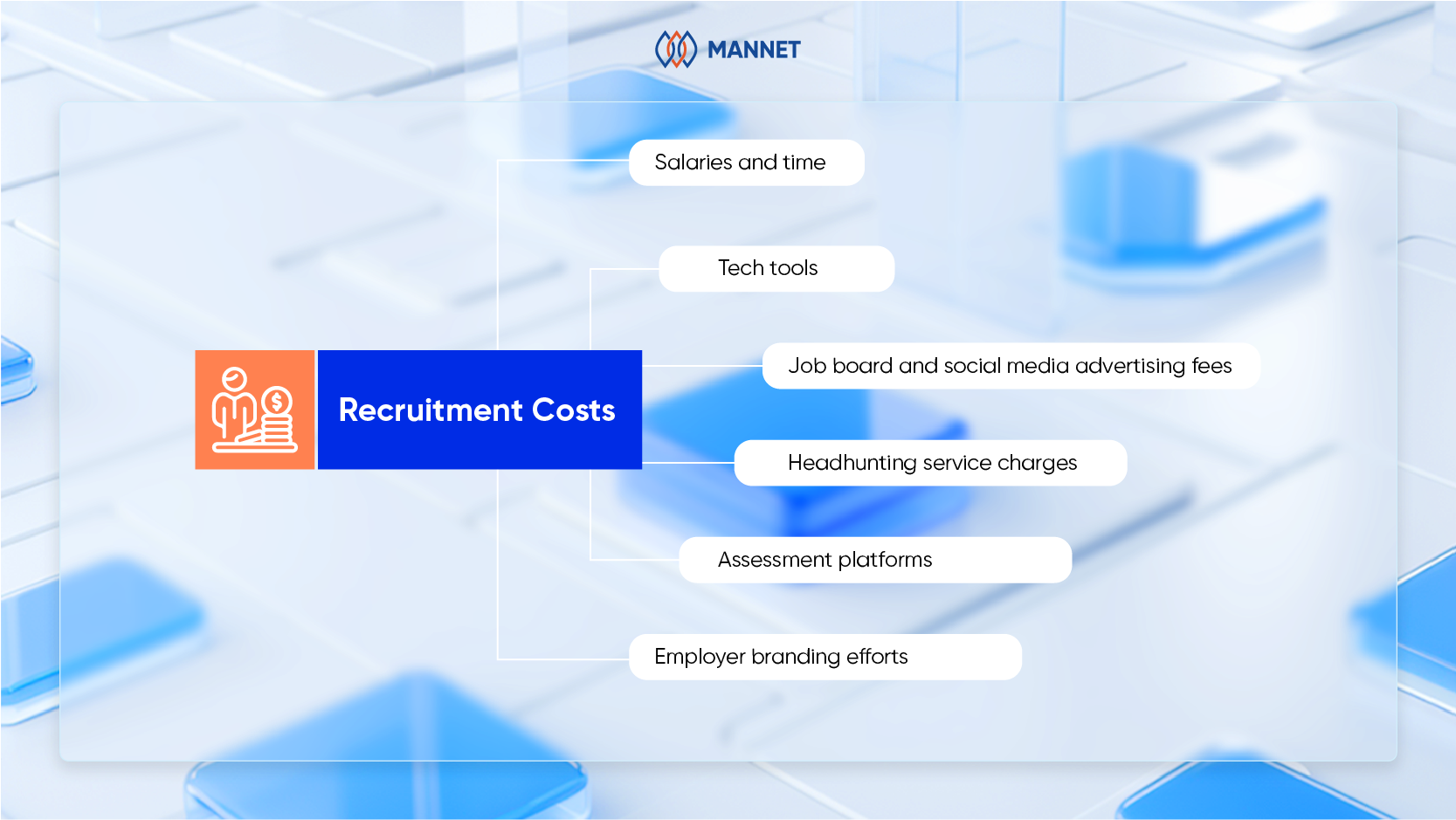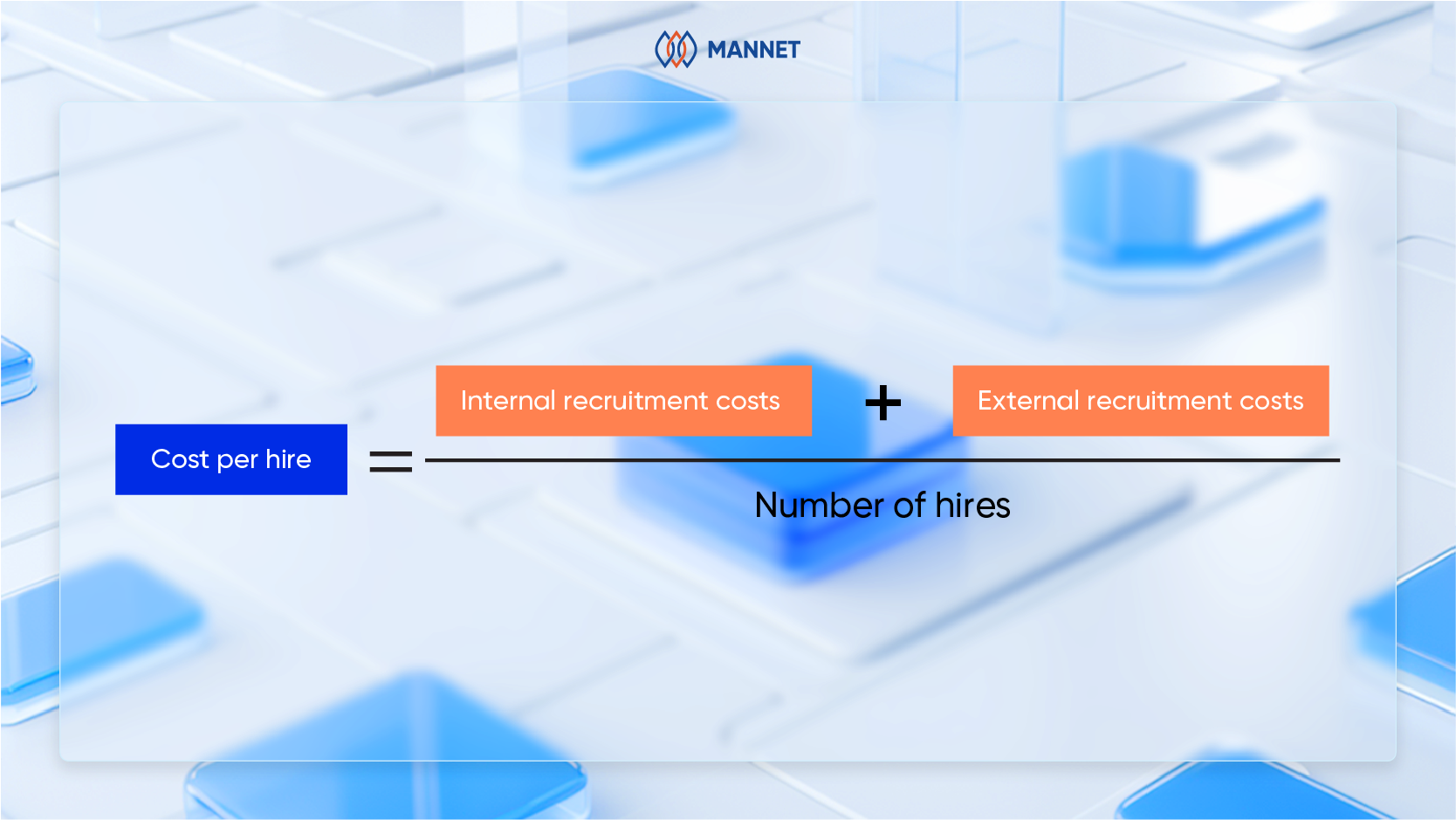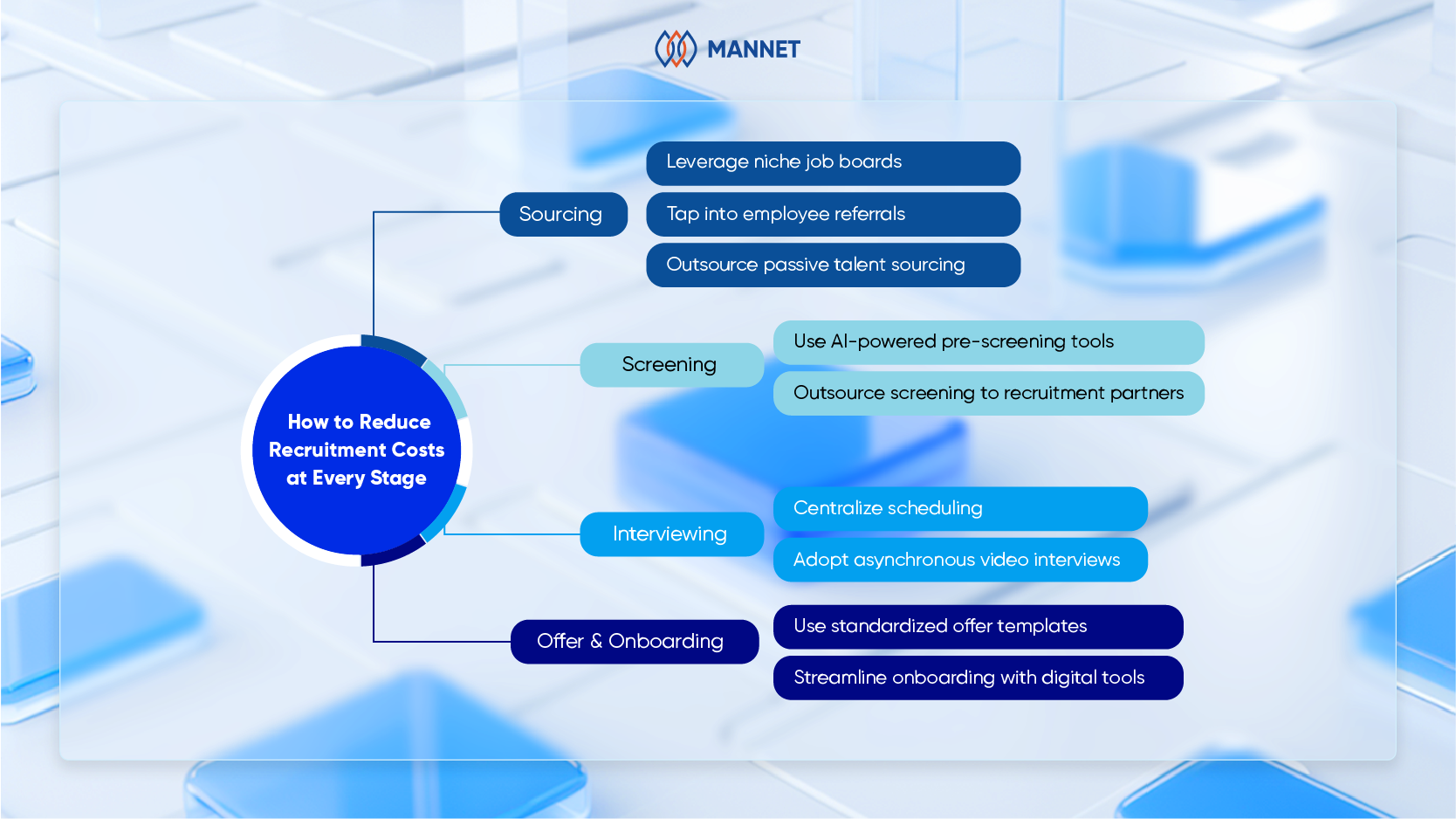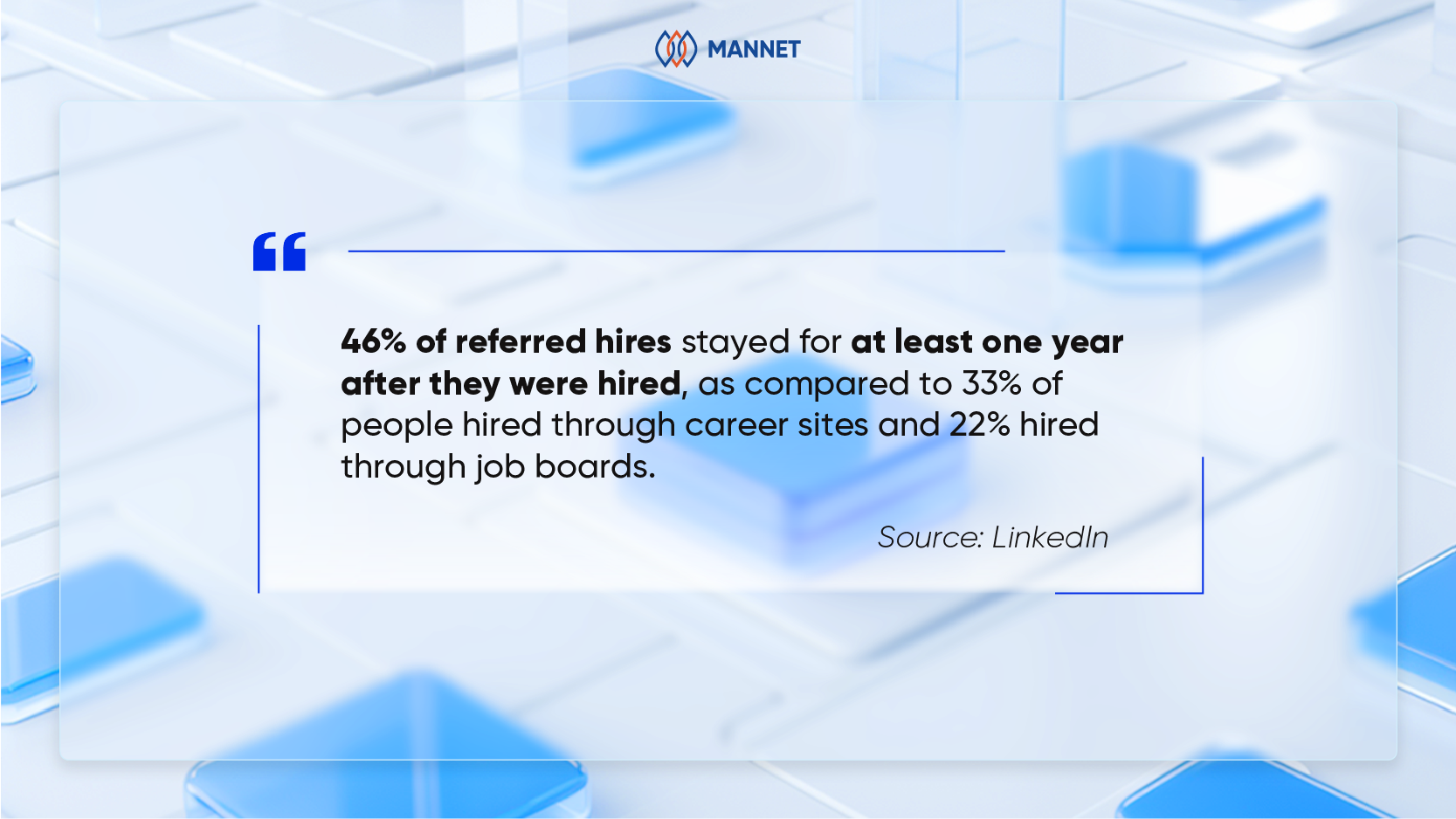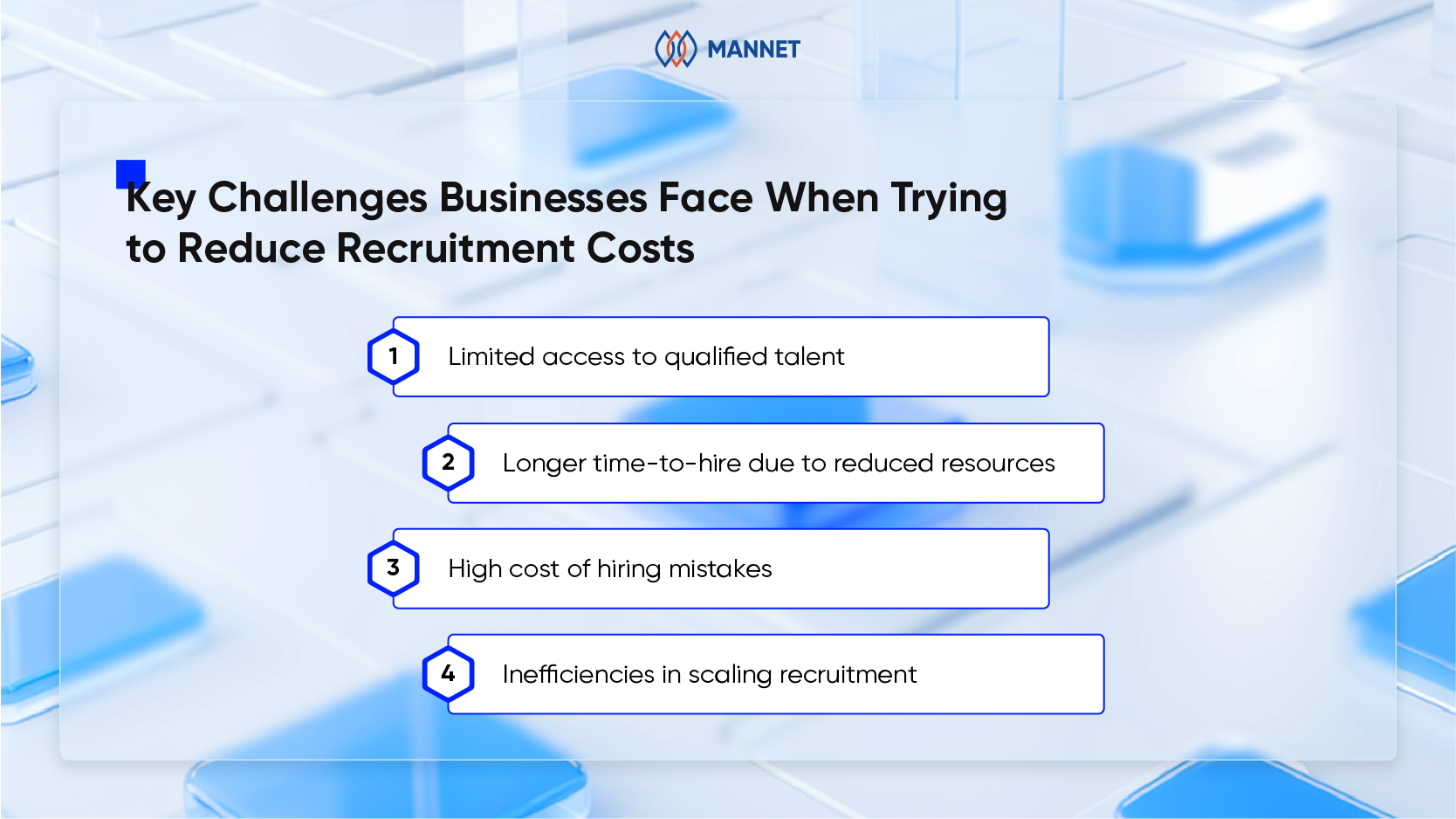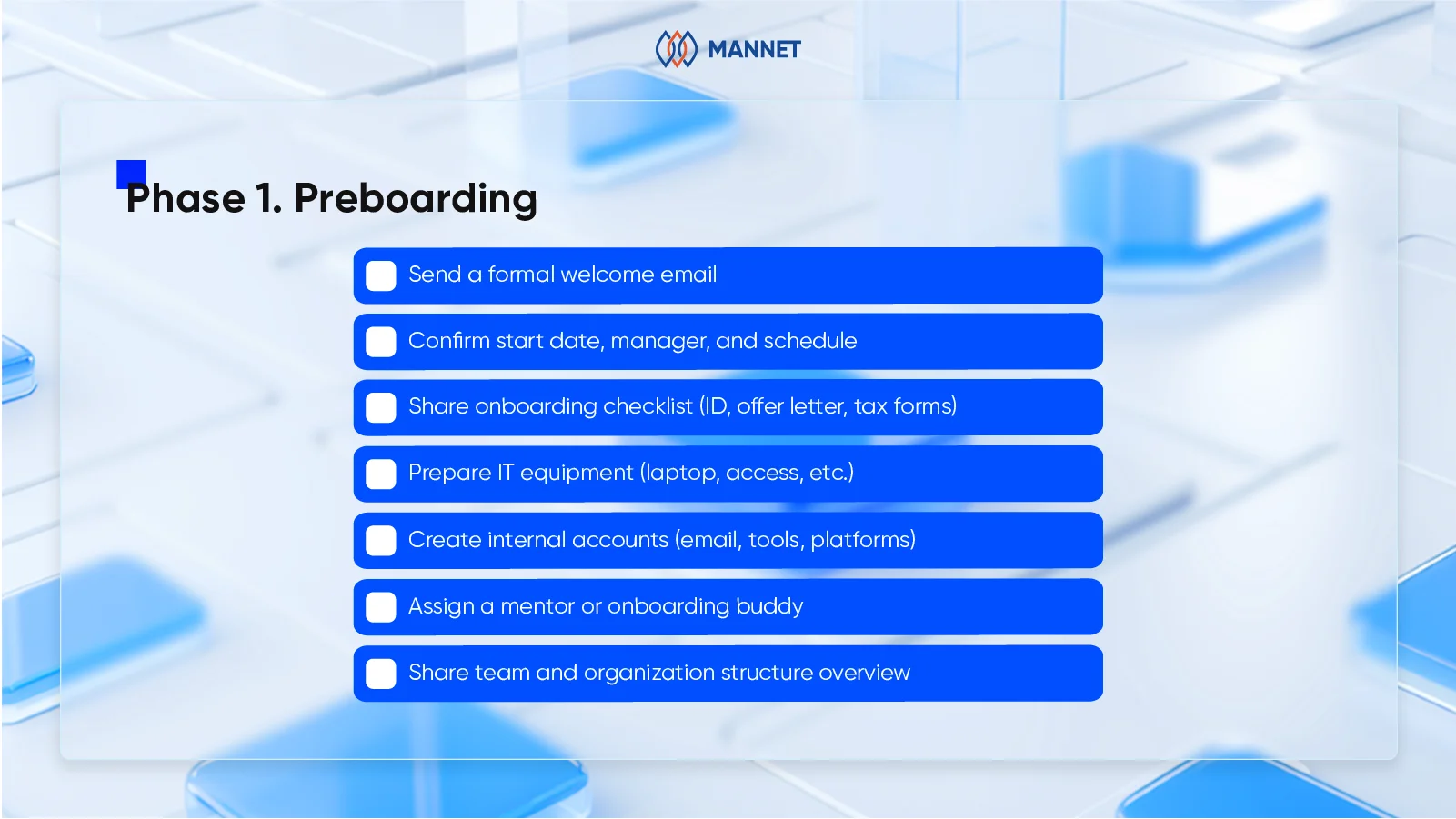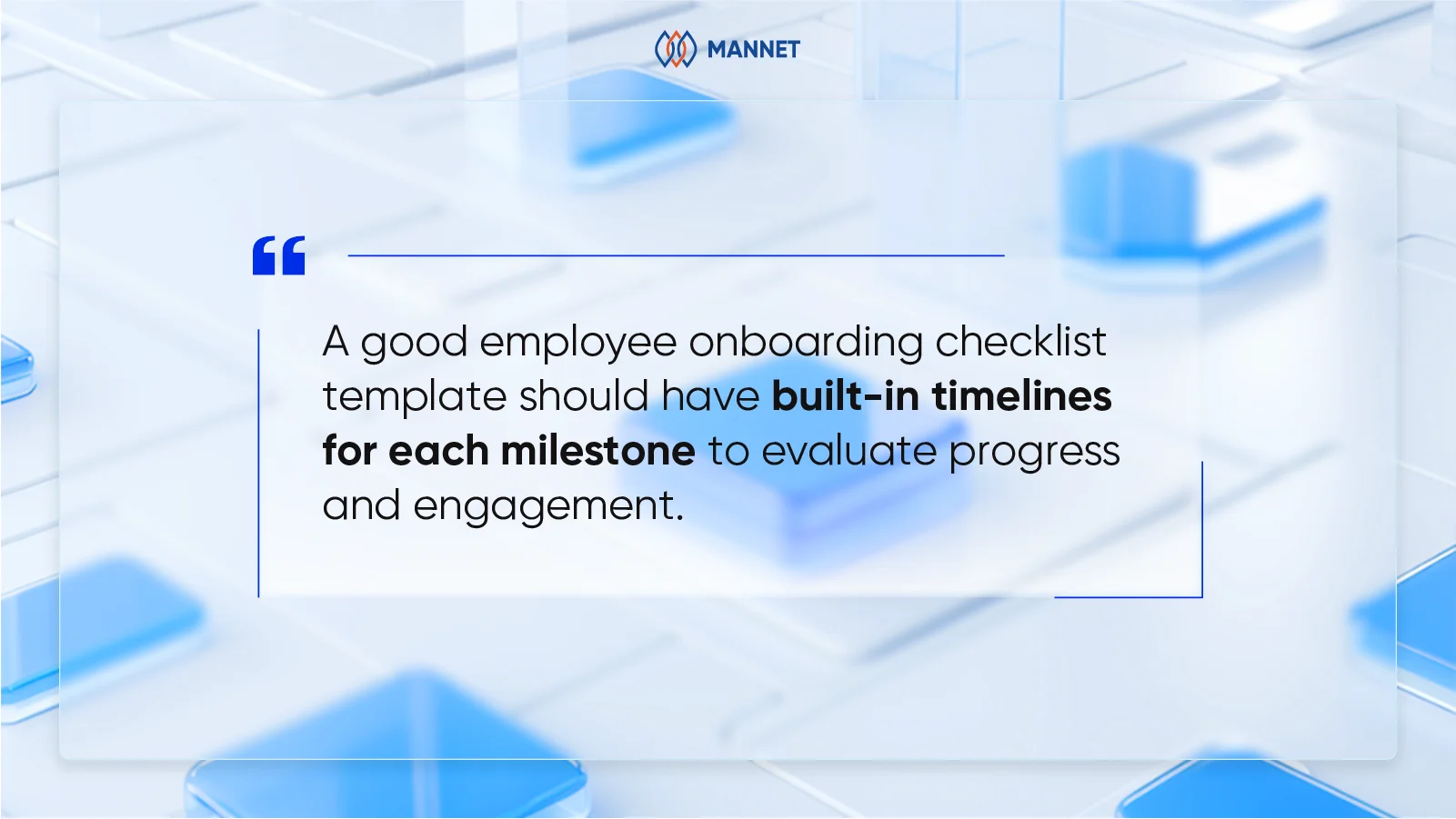High Volume Recruiting: How to Hire Fast Without Losing Quality
High volume recruiting is becoming the new normal for many organizations. According to a study by Aptitude Research, 65% of companies already report high volume hiring needs; and as businesses continue to scale, this number is only expected to grow.
Gaining a deeper understanding of high volume recruiting equips recruiters with the strategies and skills to scale a business sustainably.
In this article, we’ll explain what high volume recruiting is, highlight its biggest challenges, and share five best practices to help recruiters successfully hire multiple employees using fast-paced and efficient methods.
What is High Volume Recruiting?
High volume recruiting refers to the process of hiring a large number of candidates within a relatively short period. In this approach, HR professionals promote open positions widely, screen large pools of applicants, and select qualified employees efficiently to meet urgent business demands.
This recruitment model is common in industries or organizations that experience rapid growth or seasonal demand or require a sizable workforce for new projects or expansions. It allows companies to maintain operational continuity during peak periods or periods of transformation.
High volume recruiting often takes place in sectors such as technology, retail, hospitality, customer service, manufacturing, and logistics, especially during busy seasons, when launching new branches, or following significant milestones like a funding round or IPO.
The Challenges of High Volume Recruiting
Hiring a large number of people in a short period is never easy. Recruiters often face several challenges when managing high volume recruiting campaigns:
Finding the right fit
It is reported that the top challenges in high‑volume recruitment included “too many low‑quality candidates” (60%) and “not enough candidates” (53%) despite high volume requirements.
When dealing with a high number of applicants, the risk of sifting through a large pool of unsuitable candidates increases. Even though job postings might attract a large volume of resumes, filtering out unqualified applicants while maintaining efficiency becomes a critical challenge.
For example, hiring developers with specific tech stacks, such as AI or blockchain, requires targeted sourcing. Without an efficient screening process, recruiters might end up spending significant time reviewing applications that don’t meet the job’s requirements.
High recruiting costs
Hiring at scale is expensive. Advertising across multiple job boards, running several interview rounds, and managing recruiter workloads all add up.
When the process isn’t optimized, poor hiring decisions can lead to higher turnover and even more expenses to fill the same roles again.
A lack of automation makes things worse. If recruiters still handle screening, scheduling, and follow-up manually, the team spends more time on admin work than actually hiring, driving labor costs even higher.
Managing too many candidates
With hundreds, sometimes thousands, of applications, recruiters must guarantee that each candidate is tracked, evaluated, and kept informed throughout the process. Maintaining clear communication with all candidates can be particularly challenging in high-volume situations. Failure to engage candidates at each step of the recruitment process may lead to disengagement, resulting in lost opportunities for top talent.
Additionally, tracking the status of candidates, whether they are in the interview stage, pending an offer, or awaiting feedback, can become increasingly complex.
Tight deadlines
The faster a company can identify and secure qualified candidates, the better its chances of success.
Delays in scheduling interviews or providing feedback often mean losing top talent to faster-moving competitors. This is especially true in high-demand industries like IT, where skilled candidates can receive multiple offers within days.
Best Practices for High-Volume Recruiting Success
Define a clear recruitment process
Before diving into high-volume recruiting, it is crucial to define and document the recruitment process. Before posting a single job ad, HR teams should map out the full recruitment process, from sourcing and screening to interviewing and onboarding.
This means establishing:
- The number of candidates to interview per role
- The stages of the hiring funnel and decision timelines
- Evaluation criteria and scoring guidelines
- Internal responsibilities between HR, recruiters, and hiring managers
A well-defined process ensures consistency across recruiters and departments. It also helps track progress, measure conversion rates, and spot bottlenecks early.
Leverage technology and automation
Technology plays a vital role in simplifying high-volume recruitment. Applicant tracking systems (ATS), scheduling tools, and interview platforms can handle repetitive tasks such as resume screening, interview coordination, and candidate updates. For example, automated screening filters out unqualified candidates so recruiters can focus on the top 10–20% that best match the job.
Moreover, automated communication tools such as email templates, chatbots, and follow-up reminders make candidates remain engaged throughout the process, without requiring recruiters to manually send each communication. This saves both time and resources, allowing teams to focus on more strategic aspects of recruitment.
Build a proactive talent pool
High volume recruiting becomes much easier when companies already have a pool of qualified, engaged candidates. Instead of starting from scratch every time a new project or season begins, creating a talent pipeline guarantees organizations have people ready to step in.
This means continuously sourcing, networking, and nurturing relationships even when there are no open roles. Recruiters can stay connected through newsletters, skill updates, or community events, keeping talent pipelines active and warm.
Nurture employer branding
High volume hiring efforts often involve attracting candidates at scale, and this is much more efficient if this company has a strong reputation as a great place to work. When candidates know they’re applying to a company that values its employees, they’re more likely to follow through with the application process and remain engaged during the recruitment phase.
Investing in employer branding efforts – whether through showcasing company culture on social media, employee testimonials, or offering competitive benefits, can help increase candidate attraction and engagement.
Partner with a high volume recruiting firm
When internal resources are limited or speed is of the essence, partnering with a recruitment agency or outsourcing partner experienced in high volume hiring can make sense.
According to HiringBranch, 52% of organizations outsource at least part of their high-volume recruitment. These agencies bring specialized expertise, robust databases, and dedicated technology systems that accelerate sourcing and screening.
For companies building offshore teams or scaling delivery centers, an experienced partner can handle candidate sourcing, background checks, and onboarding logistics while the internal HR team focuses on integration, culture, and retention.
Learn more: The Power of IT Recruitment Process Outsourcing for Business Growth
FAQs About High Volume Recruiting
- What is the difference between high volume recruiting and regular recruiting?
High volume recruiting differs from regular recruiting in the scale of the process. Regular recruiting typically involves hiring for a small number of positions, while high volume recruiting deals with filling multiple positions quickly. As a result, high volume recruiting requires more streamlined processes, advanced technology, and robust candidate management strategies to handle the larger candidate pool.
- How do you maintain candidate quality when hiring at scale?
Use clear job criteria, structured interviews, and data-driven screening tools to filter for the right skills early. Continuous communication and feedback loops between recruiters and hiring managers also help guarantee that quality isn’t sacrificed for speed.
- Is outsourcing high volume recruiting a good idea?
It depends on the company’s capacity and goals. Outsourcing can be highly effective when internal teams are stretched thin or need to scale up quickly. Partnering with an experienced recruitment agency or RPO provider brings access to larger talent networks, proven systems, and automation tools that speed up sourcing and screening. The key is choosing a partner that aligns with your culture and quality standards.
A Summary of High Volume Recruiting
In conclusion, success in high volume hiring depends on three essentials: a structured process, smart technology, and a consistent candidate experience. A well-defined recruitment framework keeps teams aligned and decisions consistent.
When managing all of this in-house becomes complex, ManNet provides a reliable way forward. As a trustworthy IT recruitment services provider, ManNet helps global businesses handle large-scale hiring efficiently through strategic outsourcing. With access to a vast network of skilled tech professionals and experienced recruitment practices, ManNet enables companies to hire faster, smarter, and more efficiently.
Ready to scale your recruitment capacity?
Contact ManNet today to build your high-performing tech team with speed and precision.

